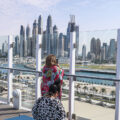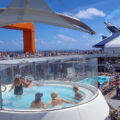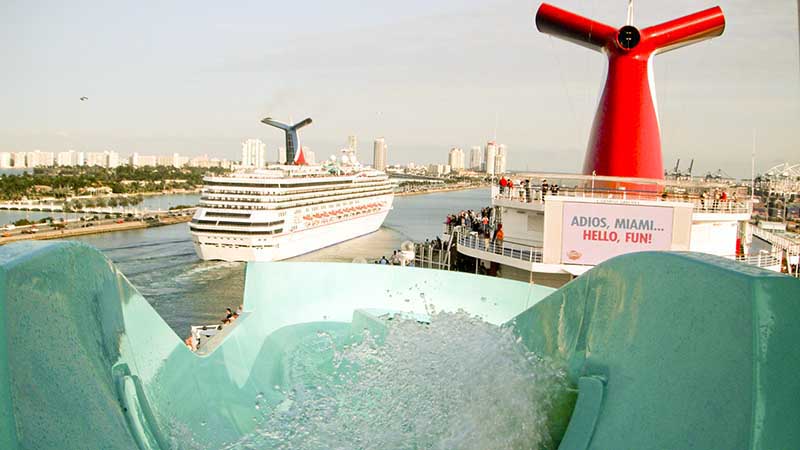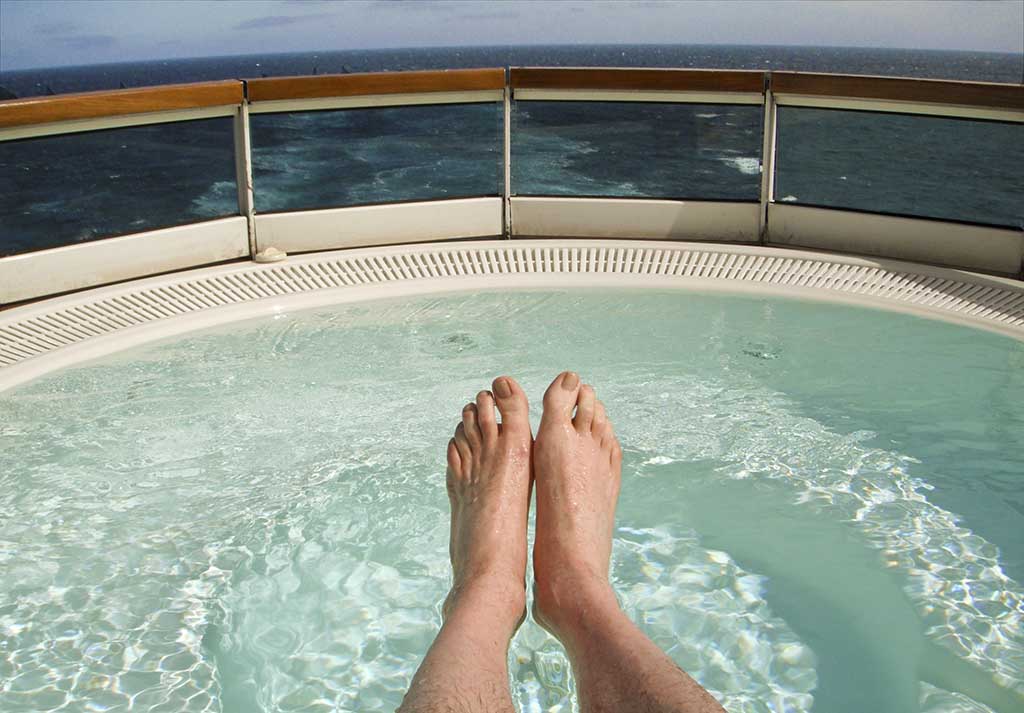
Everyone’s been there, but hardly anyone’s ever seen it. You’ve visited Civitavecchia if you’ve ever cruised to Rome, but I’ll bet it left no impression as you hit the highway for the hour’s ride to the Eternal City.
Yet Civitavecchia is a destination that’s worth exploring for a taste of Italian life before mass tourism. It’s a welcioming city with a Roman heart. Here’s a look at what most cruise visitors don’t see when they dock at one of Italy’s busiest ports.

What’s Michelangelo got to do with it?
Civitavecchia literally means old city. It became Rome’s big port because the closer port of Ostia filled with silt, limiting large vessels. The natural harbor on Italy’s west coast was developed and fortified as early as the second century A.D. by Roman Emperor Trajan. The town prospered during late Roman times, but it was attacked by the Vandals and destroyed by the Saracens in 828. The port was rebuilt by wealthy families and eventually the papal authorities decided it was too strategic to be left in private hands and took control by sending in the army.
Some of the most promients architects and artists of the Renaissance were commissioned to design a massive fortress wall by Pope Julius II in the early 1500s,. Donato Bramante designed a defensive ring with four towers that was completed in 1535. Then, an elevated section of the fort was created by Michelangelo di Lodovico Buonarroti Simoni, (Yes, that Michelangelo. No he didn’t carve it, but he did design it). And Gian Lorenzo Bernini did the honors for an arsenal in the middle of the harbor.
Unfortunately, most of the elaborate walls and many of the city’s historic buildings were obliterated by Allied bombing in May, 1943. Only the Michelangelo fort and walls along with the ruins of one of the guard towers remain. The resilient town rebuilt in modern style but respected its heritage. Fascinatingly, one ornate church facade has become the entrance to a modern apartment building.

They saved what they could of a bombed cathedral–Photo by Wallace Immen
Seeing what few others see
Civitavecchia is one of Italy’s busiest ports, seeing up to half a dozen cruise ships daily during the spring through fall cruise season, along with ferries and cargo docks and it sees fleets of buses and vans taking thousands to Rome or other nearby attractions.
But for those left behind, the city can be a quiet respite; its trattorias aren’t packed and you can view attractions without jostling with thousands of people. The pace of life is slow and locals may spend hours in conversation over coffee or a meal at a local restaurant.

Tourist info is close at hand in the port–Photo by Wallace Immen
It’s a free tour
The Port of Civitavecchia offers regular, free shuttle service from all the cruise ships to a terminal that’s convenient to the center of the city. English-speaking guides will suggest walks that can be done at an easy pace and provide maps.
Fort Michelangelo –There’s a promenade along the harbor with great views of the 16th century bastion with its 20-foot-thick walls. You can walk around the fort’s perimeter at the base of the hill, but you can’t get inside. The view from the crenulated upper wall is just as impressive as there’s generally a sleek modern yacht or two tied up in the harbor basin, providing an intriguing contrast between old and new.

Piazza Leandra— A peaceful remnant of the city’s medieval past is the plaza of the old town near the port. Its narrow alleys and fountain and churches escaped the World War II bombing. The small Church of the Star is on the square, whose walls were built by Antonio da Sangallo, a patron of the Medici Popes in the 1500s. The intriguingly named and quite impressive Gothic Church of Prayer and Death nearby has been beautifully restored and features gorgeous frescoes by Cavaliere Giuseppe Errante and elaborately decorated side altars.
Vanvitelli Fountain--This fountain in a fortified wall is named for eighteenth century artist Luigi Vanvitelli, who designed the elaborate travertine sculpture in a crenulated wall, with a bearded head whose mouth sprays water into a large basin.
National Archaeological Museum of Civitavecchia–Located in what was a palace of the papal garrison, the museum features pottery, statues, sculptures, and bronze work related to the city’s history that date from ancient times through to the Middle Ages.
The Baths of Trajan— You’ll have to take a cab to the ruins of the ancient Taurine Baths at the top of a green hill a couple of miles from Civitavecchia town center. Also known as the Baths of Trajan, after the Roman emperor that founded the city, they were one of the largest thermal spas of the Roman era. Among the ruins there are water tanks and massage rooms decorated with friezes, mosaics and marbles.

It’s a city of art
In addition to a number of galleries displaying works of artists attracted here by lower rents than they would have to pay in Rome, there’s a fair amount of public art. Intriguing installations are hung on poles along the streets Notable murals by three internationally prominent artists: DEM, Aryz, and Agostino Aicardi decorate a council house, a school, and an apartment building.
And the gourmet treats are affordable
Local specialties are fresh from the sea and the city is famed for its fish soups, calamari and mussels as well as stuffed pizzas in local restaurants whose reasonably priced menus are geared to locals. It’s also a treat to wander around the San Lorenzo Market near the historic Piazza Regina Margherita to sample fresh-picked fruits and vegetables and visit stalls brimming with the local catches of the day. But, of course, if you crave a taste of home, there’s also a McDonald’s.
Rome will eternally be the main attraction in a visit to Civitavecchia by ship. But if you have limited time and know that this visit won’t be your only opportunity to experience Roma, consider Civitavecchia for a visit. You’ll see things most visitors to Italy’s hidden secret will never see.
Story by Wallace Immen, The Cruisington Times









1 Trackback / Pingback
Comments are closed.